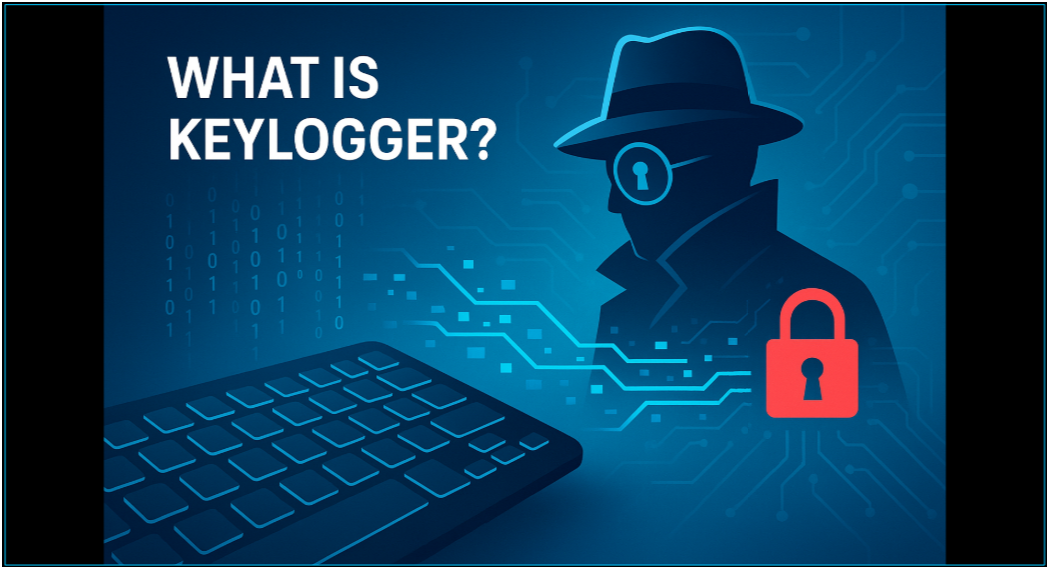Table of Contents
Deepfake Phishing Explained
Deepfake phishing uses AI algorithms to fabricate audio, video, or image content that appears to be authentic. This content is then used to manipulate the target into taking actions beneficial to the attacker. For example, an attacker might create a deepfake voice note of a CEO instructing an employee to transfer funds to a specific account, leveraging the perceived authenticity of the message to bypass normal security protocols.
How Deepfake Phishing Works
Deepfake phishing attacks typically follow these steps:
- Data Collection: Attackers gather audio, video, and image data of the target or impersonated individual from public sources.
- Deepfake Creation: Using advanced AI techniques, particularly Generative Adversarial Networks (GANs) and autoencoders, the attackers create realistic deepfake content.
- Phishing Delivery: The deepfake content is embedded into phishing emails, messages, or calls. These communications appear to come from a trusted source and contain the fabricated audio, video, or image.
- Deception and Manipulation: The target, convinced by the realistic nature of the deepfake, complies with the malicious request, leading to data breaches, financial loss, or other damages.
Types of Deepfake Phishing
Deepfake phishing can manifest in various forms, including but not limited to:
- Emails/Messages: Attackers create fake LinkedIn profiles of CEOs and use them to lure employees, personalizing messages to make their identities seem more credible.
- Video Calls: An attacker can use a video deepfake over a Zoom call to engage and convince victims to share confidential information or carry out unauthorized financial transactions.
- Voice Messages: It is extremely easy to clone anyone’s voice with just a few seconds of audio. These deepfakes can leave voicemail messages or engage people in live conversations, blurring the lines between reality and deception.
- Hybrid Deepfakes: Combining multiple types of deepfakes to create more convincing phishing scenarios.
What Role Does Deepfake Phishing Play in Email Security?
Deepfake phishing represents a significant threat to email security. Traditional phishing defenses, such as spam filters and domain authentication, may not detect deepfake content because it exploits human trust rather than technical vulnerabilities. By leveraging deepfake technology, attackers can create highly personalized and convincing phishing emails, making it harder for individuals to discern between legitimate and fraudulent communications.
How to Identify and Protect Against Attacks Using Deepfake Phishing
To identify and protect against deepfake phishing attacks, consider the following strategies:
- Leverage AI-Powered Advanced Threat Detection: Utilize AI technologies to identify and mitigate deepfake phishing attacks by analyzing patterns and anomalies in video, audio, and textual content.
- Train Employees to Recognize and Report Deepfakes: Train employees to recognize fake online identities, visual anomalies such as lip sync inconsistencies, jerky head and torso movements, unusual audio cues, and irregular or suspicious requests. Phishing simulation programs can also be beneficial.
- Deploy Robust Authentication Methods: Implement phishing-resistant multi-factor authentication and zero-trust principles to reduce the risk of identity theft and lateral movement.
- Conduct Regular Security Audits: Regularly test and update security measures to stay ahead of emerging deepfake phishing tactics.
IRONSCALES Deepfake Phishing Attack Prevention
IRONSCALES offers comprehensive solutions to combat deepfake phishing through a multi-layered approach:
- Gen-AI Attack Detection: IRONSCALES uses its Adaptive AI to detect and quarantine emails containing deepfake content upon arrival.
- Real-Time Threat Intelligence: Continuous updates on emerging deepfake phishing tactics ensure your defenses are always up-to-date.
- User Training and Awareness: Provide interactive training modules to educate employees on the risks and signs of deepfake phishing.
- Incident Response: Automated incident response capabilities enable swift action to contain and remediate deepfake phishing attacks.
- Behavioral Analysis: Monitor and analyze user behavior to detect unusual activities that may indicate a deepfake phishing attempt.
By integrating these robust defenses, IRONSCALES helps organizations safeguard their email communications and maintain the integrity of their operations against the evolving threat of deepfake phishing.
Learn more about IRONSCALES advanced anti-phishing platform here. Get a demo of IRONSCALES™ today! https://ironscales.com/get-a-demo/
Explore More Articles
Say goodbye to Phishing, BEC, and QR code attacks. Our Adaptive AI automatically learns and evolves to keep your employees safe from email attacks.

/Concentrix%20Case%20Study.webp?width=568&height=326&name=Concentrix%20Case%20Study.webp)











